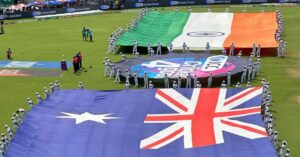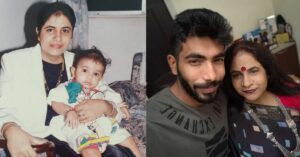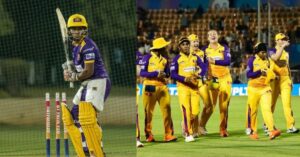The Unsung Hero Whose Immense Determination Made Cricket a Reality for Women in India
An unsung hero of Indian sports, Mahendra Kumar Sharma was instrumental in kickstarting and setting up the Women’s Cricket Association of India (WCAI) in 1973.
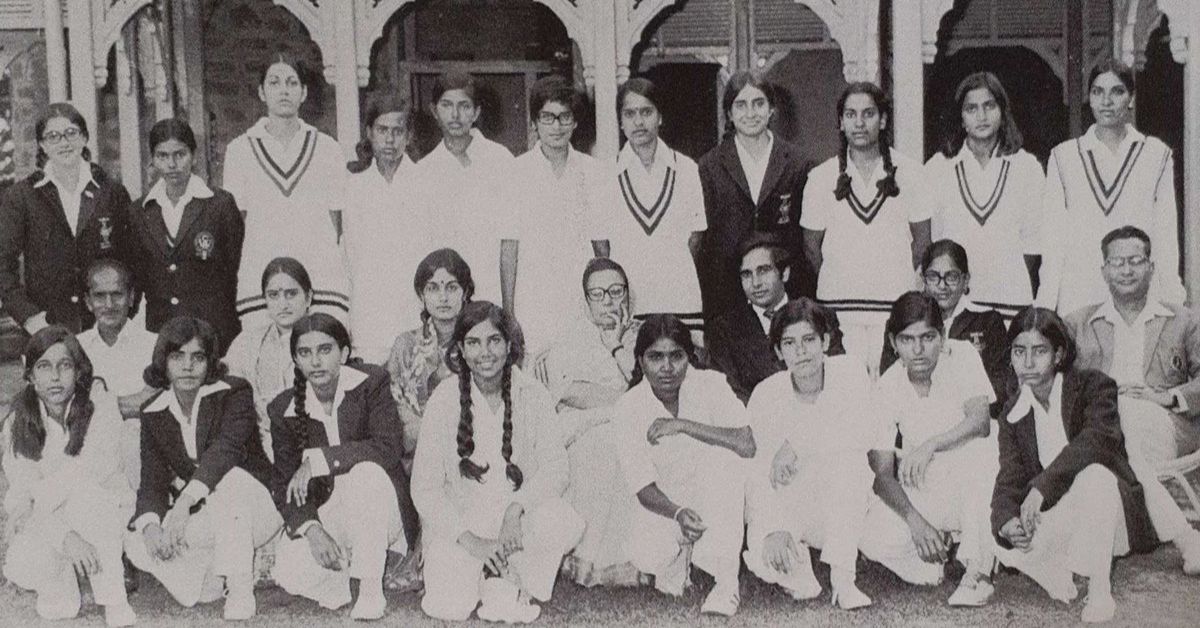
India Vs England, Women’s Cricket Semi-Finals at the Commonwealth Games 2022. India set a target of 165, and Sneh Rana bowled the last over. England needed 14 from 6 balls. Rana got the vital wicket of Katherine Brunt in her third ball. She finished her brilliant over by ensuring England fell short by 4 runs and sealed India’s first-ever silver medal in women’s cricket at the CWG.
The women in blue created history.
Interestingly, they have a man to thank for making cricket accessible to Indian women on a professional level.
That man is Mahendra Kumar Sharma.
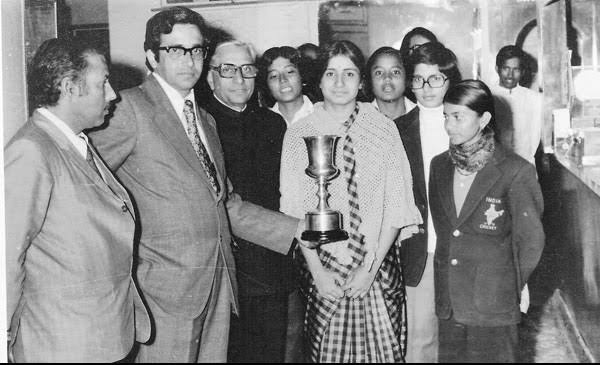
In the early 1970s, while women were already playing cricket in England, Australia, and New Zealand, it was still a male-dominated sport in India.
Sharma was a man on a mission. He used to organise softball and handball tournaments for school and college girls in Lucknow. At a softball tournament in Hyderabad in 1973, the players started playing cricket using softball bats. This was after his students saw boys playing the game, which piqued their interest.
“Not only did Sharma see any reason to deny the girls permission to do so, but he also start-
ed forming in his head the idea of having a cricket association for women in India. But before that, he needed to test the waters,” reads a chapter from the book Free Hit: The Story of Women’s Cricket in India’ by Suprita Das.
India’s first Women’s Cricket Association
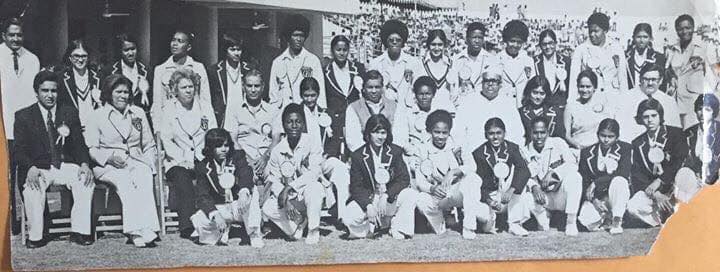
Before Sharma’s efforts, there was just one women’s cricket club in then-Bombay, called the ‘Albees Cricket club’, started by Aloo Bamjee and her husband.
A few miles away, in Lucknow, Sharma went around on a rickshaw, with a microphone, shouting, “Kanyaon ki cricket hogi, zaroor aaiye (There will be cricket played by girls, do come).”
This was possibly one of the first-ever cricket matches played by women in India.
For the first-ever weekend tournament, about 200 people turned up at the Queen’s Anglo Sanskrit College, thanks to Sharma’s campaign.
Seeing the enthusiasm of the players, Sharma, who was just in his twenties at the time, decided to form the first association for Women’s cricket in India. It was named the Women’s Cricket Association of India (WCAI) was registered under the Societies Act of Lucknow in 1973 under the Presidentship of Begum Hamida Habibullah. He was the founder’s secretary. The organisation received the International Women’s Cricket Council (IWCC) membership in the same year, all thanks to Sharma. He wrote to the English Women’s Cricket Association (EWCA), which led to the affiliation.
“Mahendra saw that to take women’s cricket to the next level, to showcase the talent and to be noticed, we had to play internationally. His vision was very clear and he made sure that the players got the publicity they needed,” said Shubhangi Kulkarni, part of the first Indian team, who was Secretary of the WCAI to The Mint.
Such was his passion, that he conducted the first women’s interstate, national-level tournament in Pune in April 1973. Three teams from Bombay, Maharashtra and Uttar Pradesh participated. The Bombay team included Diana Edulji, who captained the team and was awarded the Padma Shri.
During the second tournament in Varanasi, the number of teams increased to eight, and by the third edition in then-Calcutta, 12 teams participated.
At the same time, Chandra Tripathi and Pramilabai Chavan took over as Chairperson and President of the WCAI and helped in propagating the game along with Sharma.
Kulkarni told the Hindu that the Founder secretary was instrumental in making women’s cricket what it is today. The same article mentions that he sold a property in Lucknow to promote the game.
“But for Sharma, women’s cricket would not have taken off the way it did in India,” said Kulkarni to The Hindu.
He even organised fundraisers through matches.
One such friendly match combined Bollywood and cricket, with stars like Vinod Khanna in attendance, which was held in Pune in 1975. He even took the team on their first plane ride to meet the then Prime Minister Indira Gandhi.
India then played its first international match in February 1975 when the Australian under-25 team toured India. They played three Tests, in Pune, Delhi and Calcutta.
For these tests, the players were coached by Lala Amarnath, independent India’s first test captain. Amarnath chose three captains for the tests, namely Ujjwala Nikam, Sudha Shah and Sreerupa Bose. India drew all three games, a testament to their talent.
The following year, in October 1976, the senior women’s team played their first international match against West Indies. The six-match series ended in a draw. It was during the first test that Shanta Rangaswamy scored 76 in front of a home crowd in the famous Chinnaswamy stadium.
Despite all the international recognition, it would take two more years for the WCAI to be recognised by the Indian government.
The Women in Blue hosted and played their first World Cup in 1978. Since then, India has reached the final of the Women’s World Cup in 2005 and 2017.
Despite all the accolades for the team and players, Sharma has not been recognised for his efforts, much less for creating legendary cricketers.
“He organised cricket events and made cricketers like Diana Edulji, Shanta Rangaswamy and Sudha Shah known to the public. He is just happy to find that women’s cricket has become so big,” said Kulkarni to The Hindu.
Sources
Free Hit: The Story of Women’s Cricket in India’ by Suprita Das
‘A World Cup lost and found’ by Benita Fernando for The Mint, Published on 22 June, 2019
‘What is the History of Indian Women’s Cricket? How did it all start?’ by Juili Ballal for Female Cricket, Published on 10 October, 2020
‘The man who batted for women’s cricket’ by PK Ajith Kumar for The Hindu, Published on 22 March, 2021
Edited by Yoshita Rao, Feature Image Courtesy @SaikiaArup/ Twitter
This story made me
- 97
- 121
- 89
- 167
Tell Us More
We bring stories straight from the heart of India, to inspire millions and create a wave of impact. Our positive movement is growing bigger everyday, and we would love for you to join it.
Please contribute whatever you can, every little penny helps our team in bringing you more stories that support dreams and spread hope.






